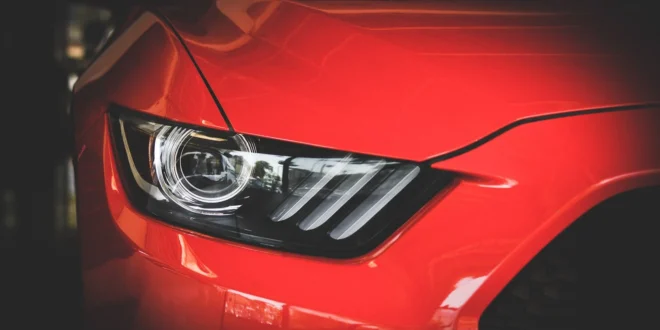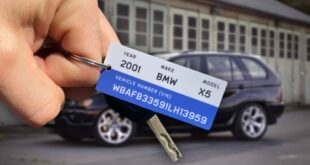When you drive, do your car’s headlights turn on and off? Flickering headlights are an obvious and serious problem that requires immediate attention. With your headlights flickering in the nighttime, you shouldn’t be driving.
What’s the best approach to fix headlights that flicker? There is no easy solution to this. You can read below to know more about the causes of flickering headlights and potential home remedies by reading this information.
What Causes The Flickering In Your Car’s Headlights?
There are numerous causes for light to flicker. Typically, electrical system faults are the cause of the issue. Let’s examine a few of the most typical problems that lead to the flickering of the headlight:
Weak Lamps or Bulbs
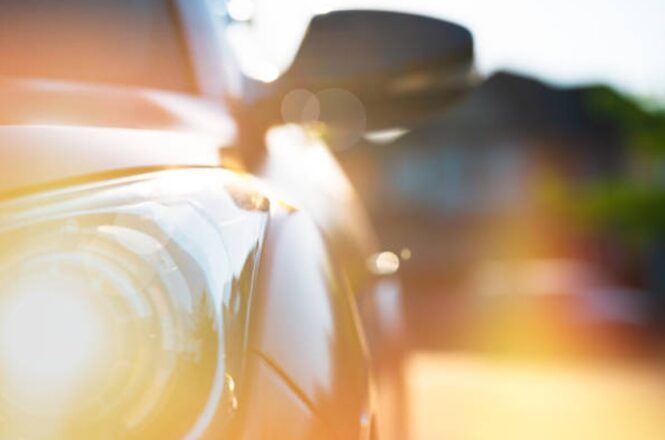
Like regular bulbs, headlight bulbs have a lifespan. The bulbs may not function correctly if they are too old. The headlights’ physical damage might occasionally result in flickering. Therefore, it is beneficial to take the bulbs out and check them for issues. If you need to replace your headlight bulbs, you can go to the online auto parts store like this for LED headlight bulbs supplies.
Faulty battery
The flickering of the headlamp could also be caused by other battery issues. Therefore, if you see your headlights flashing, make sure to check the car battery.
Ineffective Alternators
Voltage regulators are built inside car alternators to maintain constant electrical current outputs. However, the lifespan of this voltage regulator is limited.
Fuses or loosened wires
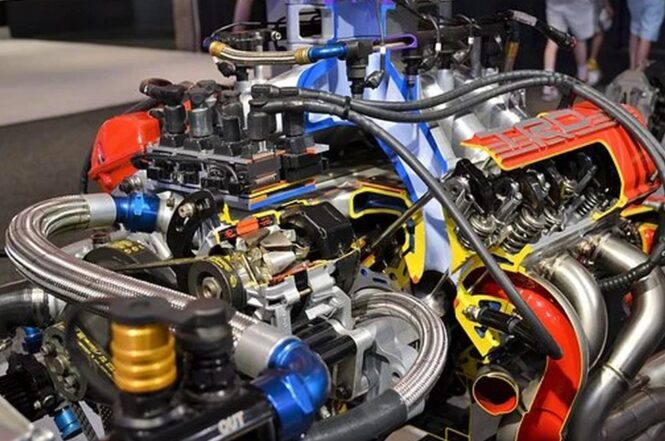
The flickering will inevitably occur if the wiring for the headlight bulbs is improper. Identifying this is simple if the flashing is erratic. Do the headlights flicker, for instance, when you are traveling on a bumpy road that could cause the car to shake? If so, there may be fuses or even loose connectors to blame.
Stressed-Out Wiring
Wires may become overloaded as a result of engine heat, too much current, or twists. Headlight bulbs have problems with incoming volts because of bad wiring.
Communication Failure
The main cause of headlight flickering is an issue with the flow of current. This generally occurs When the internal system of the car fails to properly communicate with the headlights
Important parts, like the headlights, might not receive enough electricity if your car has extra gadgets or devices that consume a lot of energy.
How Can Flickering Headlights Be Repaired At Home?
The answer will mostly depend on the issue. Some issues are simple to resolve at home. For instance, it is simple to change out your headlamps’ burned-out bulbs with a fresh set. But you might need to put in more effort if the cables are overloaded.
Change the bulbs
Replace the bulbs and see if that resolves the problem to see if you can fix flickering headlights. To check the bulbs, remove the headlight shield. Remove the screw and look for any potential damage or discoloration.
To check if the bulbs shake, gently touch them. The bulbs shouldn’t be hung loosely. If they are, the flickering is being caused by it.
Look over the Wire Fusing Panel
You must look under the car’s hood to check for wiring problems. Find the headlights’ connecting cables. Check these wires visually for damage and breakage.
Additionally, examine the fuse panel’s wiring on the driver’s side, behind the steering column. Check for damage on these cables as well.
Take the car to a repair if you see worn or damaged wiring in either location. It’s not a good idea to tamper with wires at home.
See the battery
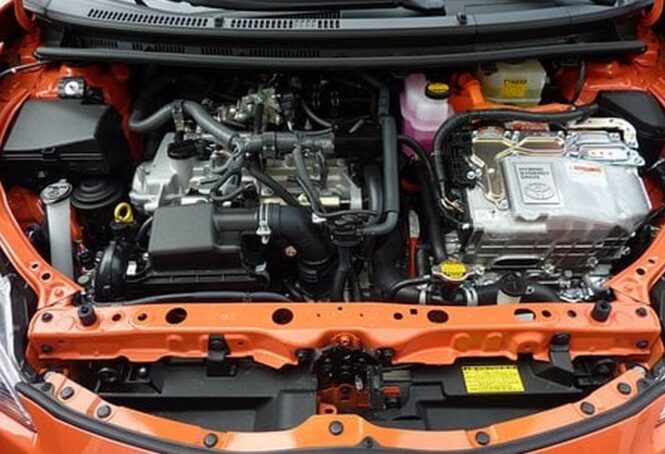
The alternator chain should be inspected for any signs of damage. Check the battery light before starting the car. If it starts to light up, the alternator is faulty. To resolve the flickering light problem, get the alternator fixed or replaced by a mechanic.
Vehicle Battery Check
Flickering lights could be caused by a low-energy battery. Check the condition of the car battery. Replace the battery if it’s not performing well. You can get it done Either at home or the auto shop.
Note Any Electrical Devices in the Vehicle
Examine each electrical device that consumes your car’s battery power. Drive with the headlights on and unplug these. If so, does the flickering stop? If so, the accessories are unquestionably at fault. To prevent these devices from using excessive quantities of power from necessary components, you might need to find a different power supply.
Issues with Engine Communication
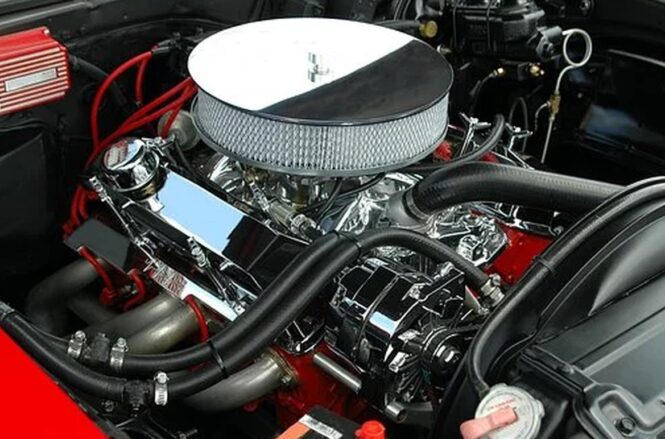
To find out if the engine and headlights aren’t communicating properly, you should visit a mechanic. Accessory unplugging could also be beneficial. You might also employ a device to adjust inconsistent power distribution as an option.
In this regard, hardly many items are available. An excellent choice is a Canbus error-correcting device. It is essential to make sure that your headlights always receive the power they need, notwithstanding the installation of devices like tire pressure monitoring systems. These anti-flickering devices could be useful.
Conclusion: How to prevent flickering headlights
While some people consider headlight flickering to be an irritation, others view it as a severe warning of car trouble. Anyhow, you shouldn’t operate a vehicle with defective headlights. You must first identify the issue.
Apply the required repair as soon as you are aware of the issue. Depending on your level of expertise, you could perform this at home. It is advised to have your headlights fixed at a reputable vehicle repair facility.
Flickering headlights are not only annoying, but they can also be dangerous. If your headlights are flickering, it’s important to take action to fix the problem as soon as possible.
There are a few different things that can cause flickering headlights, so it’s important to diagnose the problem before trying to fix it. One common cause of flickering headlights is a loose connection between the headlight and the battery. Another common cause is a faulty headlight bulb.
If you’re having trouble pinpointing the source of the problem, take your car to a mechanic or an auto body shop for help. Once you know what’s causing the flickering, you can take steps to fix it. In most cases, simply tightening up loose connections or replacing a blown headlight bulb will do the trick.
 Imagup General Magazine 2024
Imagup General Magazine 2024
